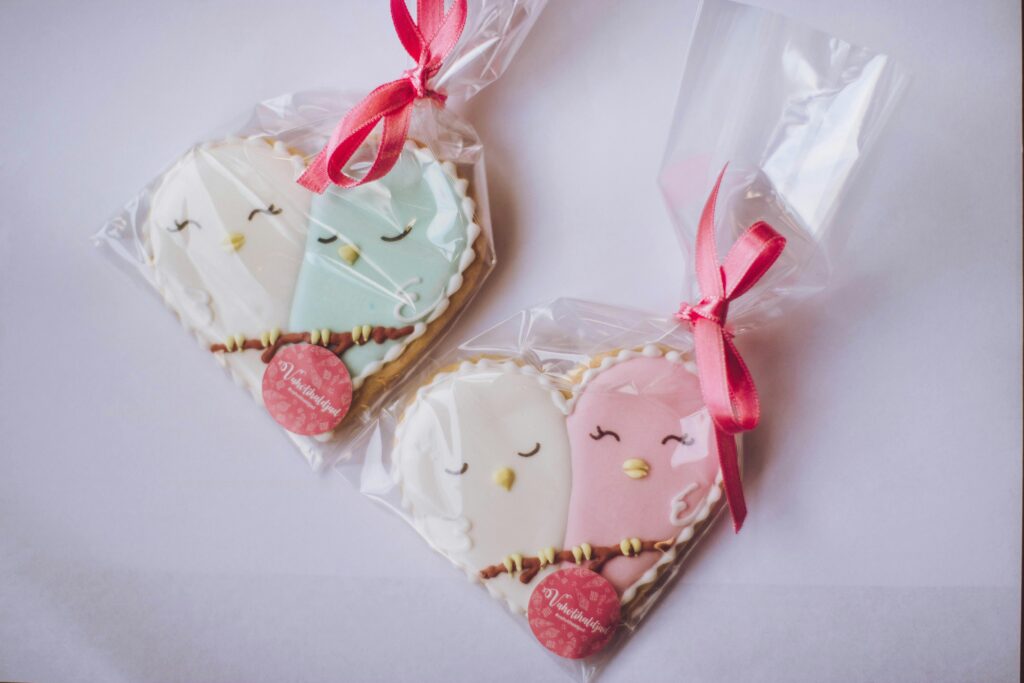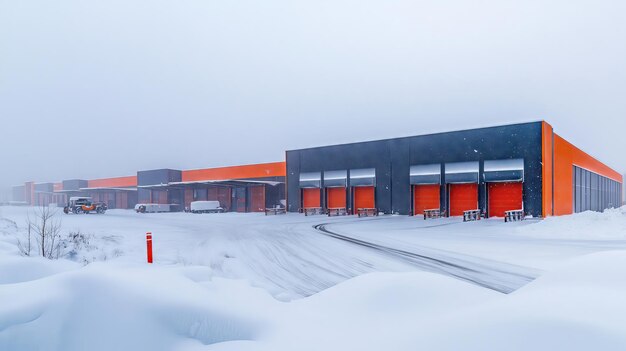
Ever picked up a bottle of Coke, not because you were thirsty, but because the label reminded you of someone? Or grabbed a beauty product just because the packaging was just that good? That’s the silent power of product packaging marketing.
Let’s be real—your product could be amazing, but if it doesn’t catch the eye on a crowded shelf or in a cluttered Amazon listing, it may never get a chance to prove its worth. In today’s hyper-competitive retail space, your packaging is often your first—and sometimes only—sales pitch.
1. Why Packaging Is More Than Just a Box
Think of product packaging as a frontline marketing channel. It’s the handshake before the pitch, the smile before the conversation. In fact, for many consumers, packaging is the brand experience.
Apple nails this with its minimalist white boxes. Opening an iPhone feels like unboxing the future—intentional, sleek, and emotionally engaging. That’s not just design; that’s packaging as marketing.
Trader Joe’s, on the other hand, uses quirky, hand-drawn labels and fun product names that create a unique personality for each item. It draws attention without screaming for it.
2. Impulse Decisions Happen at the Shelf
According to Nielsen, over 60% of purchasing decisions are made in-store. That’s huge. This makes product packaging marketing a hidden but vital distribution channel.
Take RXBAR—the brand made its name by stating ingredients right on the front: “3 Egg Whites, 6 Almonds, 4 Cashews, 2 Dates.” That honesty is the hook, and it turned RXBAR from a startup to a shelf staple.
Or think of Ben & Jerry’s—sure, it’s delicious. But those playful names and the bright, bold cartons? They practically yell “fun” from the freezer.
Also Read : Coca-Cola’s AI-Powered Vending Machines: Elevating the Beverage Experience
3. Digital Shelf = New Game, Same Rules
In the age of eCommerce, packaging isn’t just for retail shelves anymore. It has to photograph well, look great in a scroll, and support unboxing experiences that are share-worthy.
Glossier mastered this in the beauty world. Their millennial pink pouches, cute stickers, and minimal aesthetic turned their packaging into social media gold.
Amazon’s “Frustration-Free Packaging” initiative is another great example—easy-to-open, recyclable boxes that customers appreciate and remember.
continue reading…


